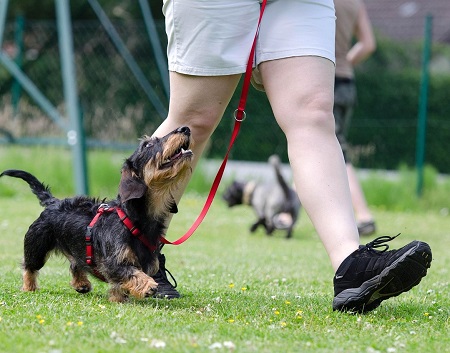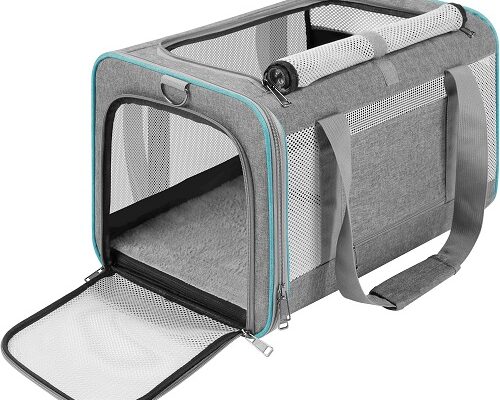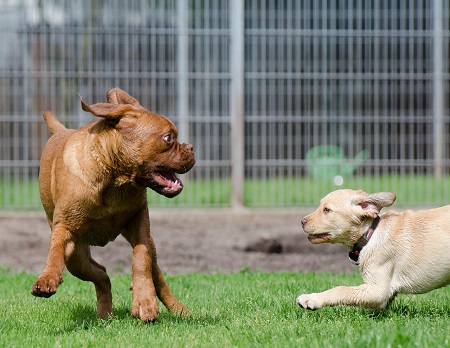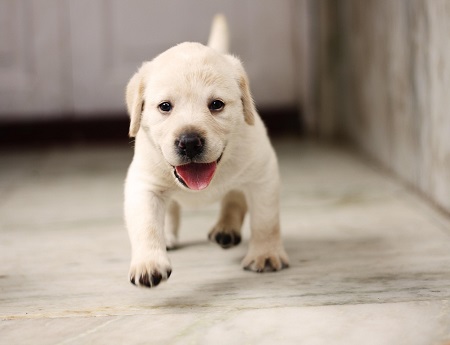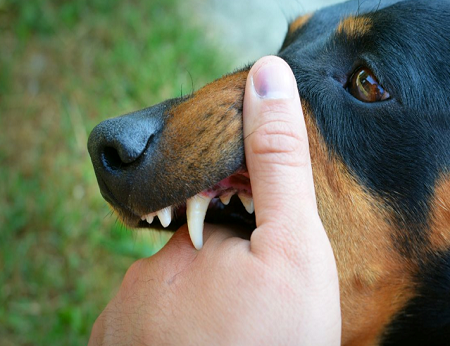 We’re animal lovers and have always prided ourselves on helping rescue groups, wildlife centers, etc. when needed. All of our pets…every single pet that we’ve had over the past 40 years has been a rescue! NONE have been purchased pets!
We’re animal lovers and have always prided ourselves on helping rescue groups, wildlife centers, etc. when needed. All of our pets…every single pet that we’ve had over the past 40 years has been a rescue! NONE have been purchased pets!
With that said…I’m really disgusted by people who have no problem dumping cats and kittens when they’re no longer wanted. We live in a tight-knit neighborhood with a dog groomer living 2 houses away. They run the dog grooming business out of their home, so there is signage up advertising their business. Well, apparently idiots around here can’t read or they would read that they’re groomers, not a rescue group!
Dozens of times every year we’re finding cats and kittens being dropped off in our neighborhood. Sometimes they’re in cardboard boxes, old ratty baskets or buckets. People are freaking cruel. Some with or without collars. All scared to death when we find them. I’m not talking about cats that are part of a feral colony…we have that too! I’m talking about dump-offs from people who no longer want them.
Two months ago we had a cardboard box in our front yard that had been placed there sometime during the night. Inside it…2 old bath towels, a mom cat with 3 new baby kittens. So new…umblical cords were still partially attached! What the heck is wrong with people???? Seriously! Do you not have a heart???
We have several well-known animal rescue groups here that will take them no questions asked. Day or night. Weekday or weekend. There’s no excuse for people to be dumping off unwanted pets in neighborhoods or near grooming businesses, etc. It’s not right. Something has got to be done about this!!!
Frankly, we need more laws regarding animals being dumped off and neglected. As far as I’m concerned, it’s abuse and just as bad as physical abuse. We need to start letting our voices be heard….LOUDLY…that we’re not going to tolerate people coming into our neighborhoods and dumping their unwanted pets! It’s not fair to us and it’s certainly not fair to the animals involved. It’s shameful behavior!
Please….quit dumping off your unwanted pets! There’s animal rescue groups, humane societies, the ASPCA and others who can help you. Don’t know where to go? Call your local VET or several VETS and ask for resources for help. It’s cruel to just box them up and dump them! Shame on you!!!

